Highlights of African Americans ' struggle for their rights
By Pictolic https://pictolic.com/article/highlights-of-african-americans-struggle-for-their-rights.htmlAt the Lincoln Memorial in Washington, "I have a dream" was performed – the famous speech of the black preacher Martin Luther King, which became a recognized masterpiece of oratory. On that great day for the black population of the United States, August 28, 1963, King led a march of 250 thousand people to the memorial erected in honor of the president who once abolished slavery, and spoke words that marked a decisive stage in the struggle of the African-American part of the country for their rights.
We watch a photo chronicle of events that proved that only a few people can sometimes change the lives of the entire country and millions of their compatriots.
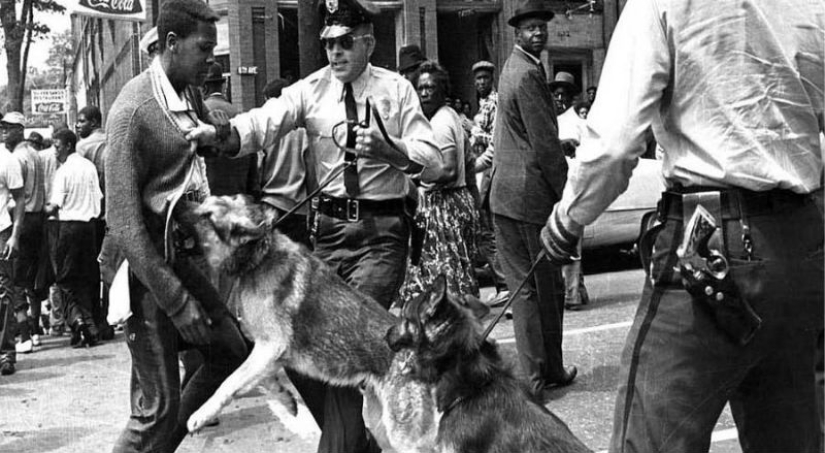
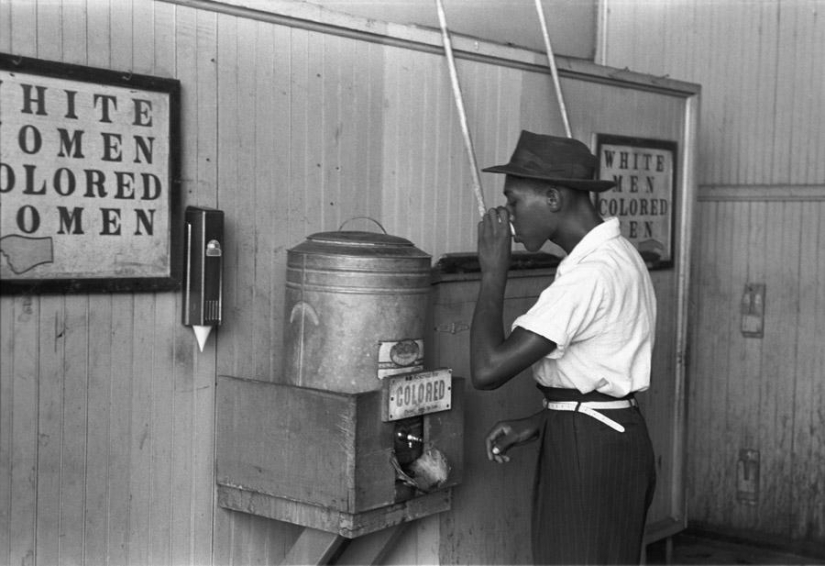
In 1958, the United States began the Black Civil Rights movement, which put an end to official racial discrimination of citizens, ending in 1968. Prior to these significant events, in many cities and states of the country, the principle of segregation – the separation of population groups based on race-was in effect. Blacks were not allowed to participate in the elections by various means. There were laws that prevented blacks from studying in schools and universities with whites, had to occupy specially designated places for them on public transport, and so on.
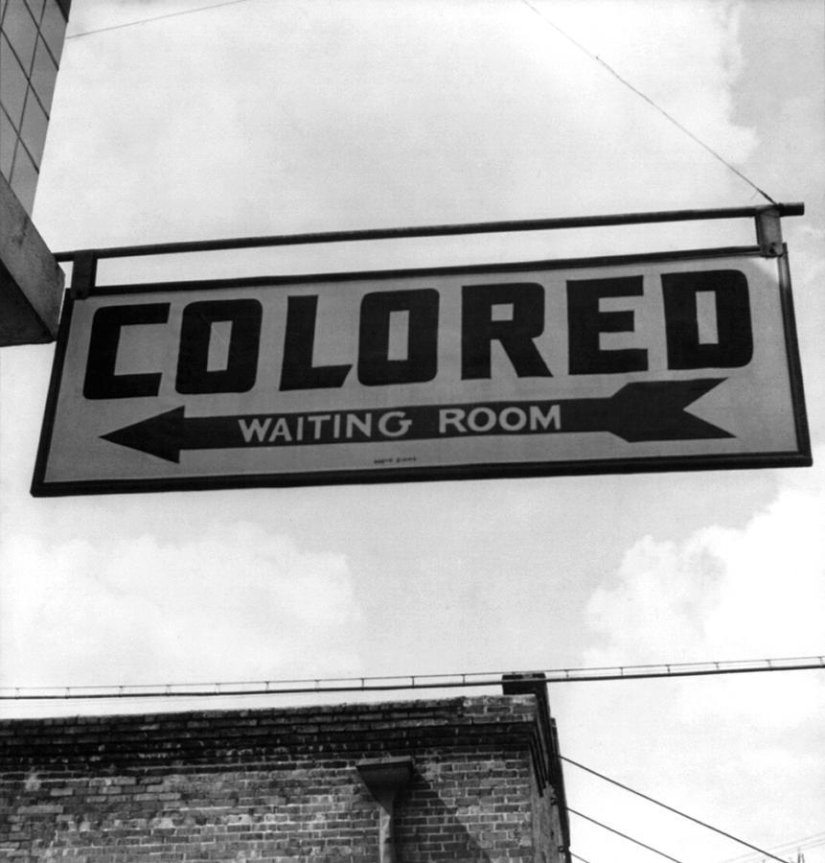
African-Americans were forbidden to use the common entrance to buildings with whites, eat in common cafes, use a common taxi, and drink from common fountains. In addition, the representatives of the government, the judiciary and the police were white and, accordingly, fully supported these legal inequalities. Blacks always referred to whites as " Mr. " or "Mrs.", although whites rarely treated blacks with such courtesy. The whites counted on their submission; the resistance of the blacks then seemed unthinkable. Many white Southerners were convinced that African Americans had accepted the role of second-class citizens, and they even liked it. But southern politicians opposed the decision. "Citizens ' Councils" were created, groups that imposed economic sanctions on any black or white people who dared to advocate for integration.
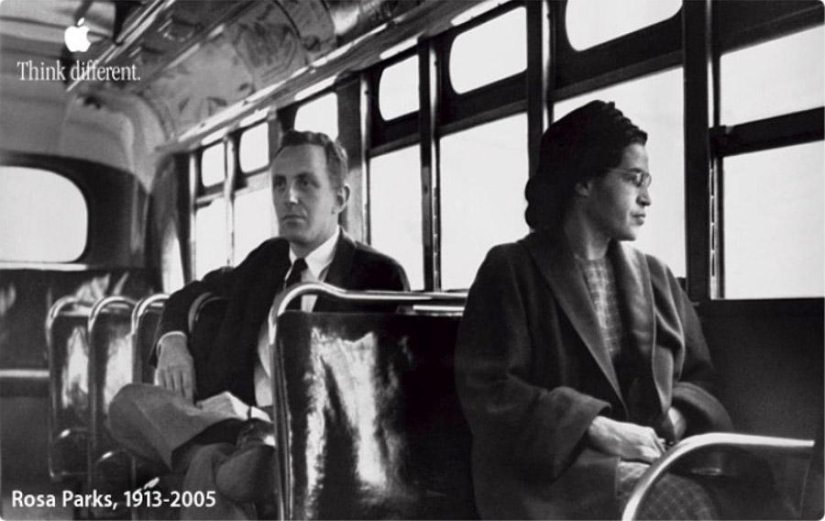
December 1, 1955 Rosa Parks, a 42-year-old black seamstress at a department store in Montgomery, Alabama, was arrested and then fined for refusing to give up a seat on a bus to a white passenger, as required by local law.
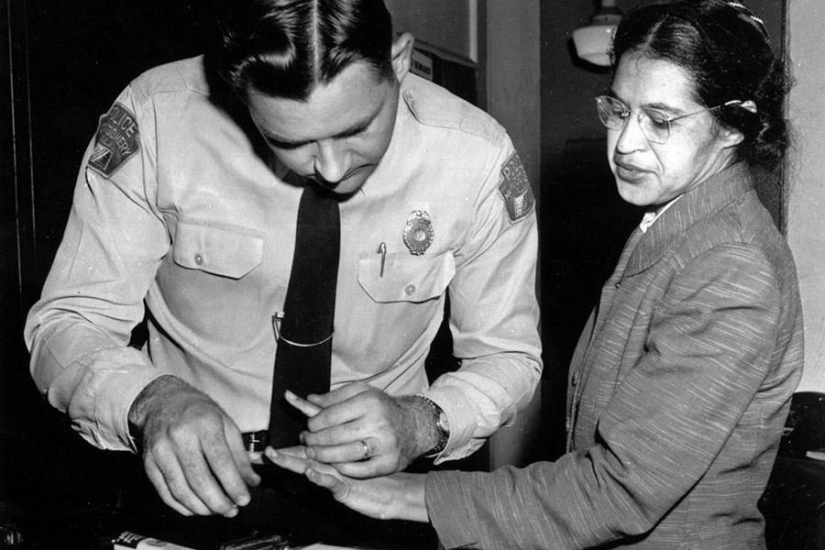
After the arrest of Rosa Parks, Ed Nixon, who headed the local union of sleeping car conductors, called on the Black community to boycott public transport in protest.
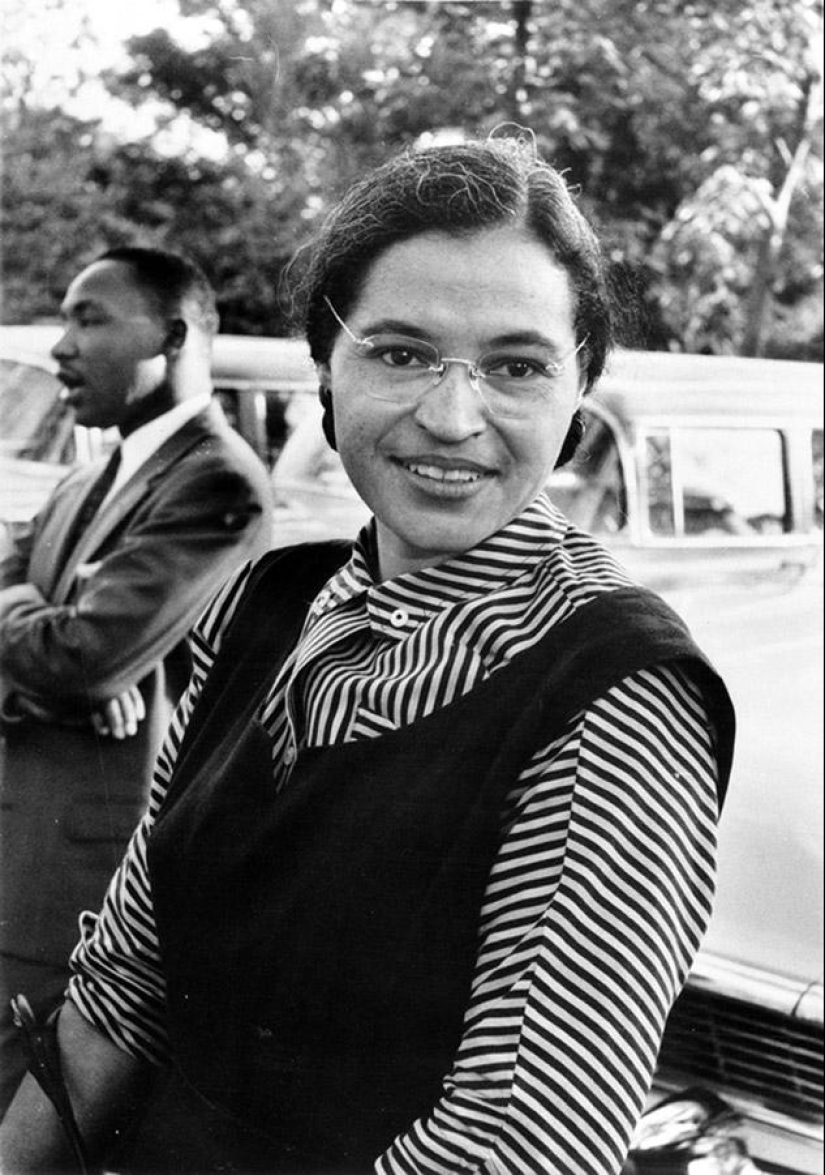
Pictured: Rosa Parks. The Montgomery bus boycott was soon led by a young black priest, Martin Luther King.
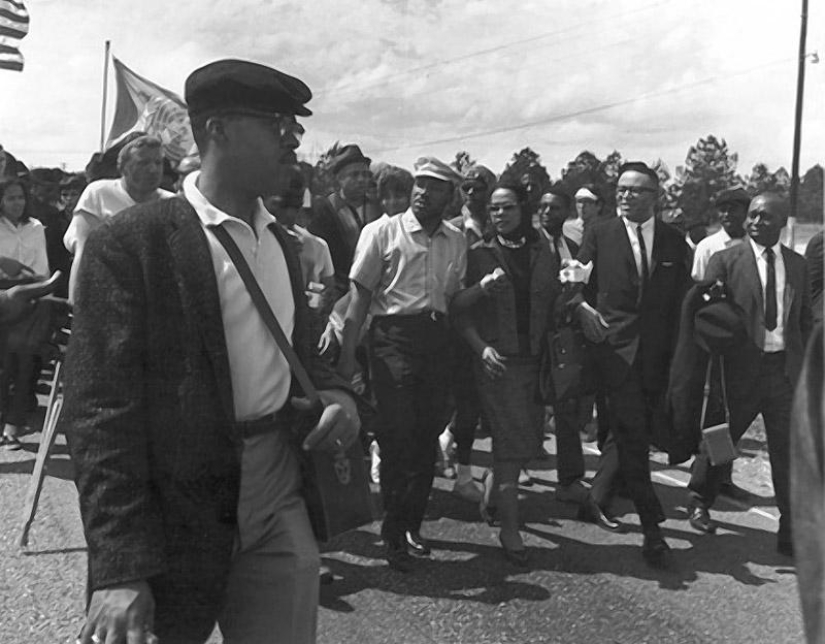
Thanks to the efforts of King and the members of the boycott committee, the protest of the Black population lasted 381 days and went down in history under the name "Walking in the Name of Freedom".

The protesters had to walk to work (some of Montgomery's black citizens were driven to and from work by black taxi owners at bus fares), and local bus companies suffered heavy losses.
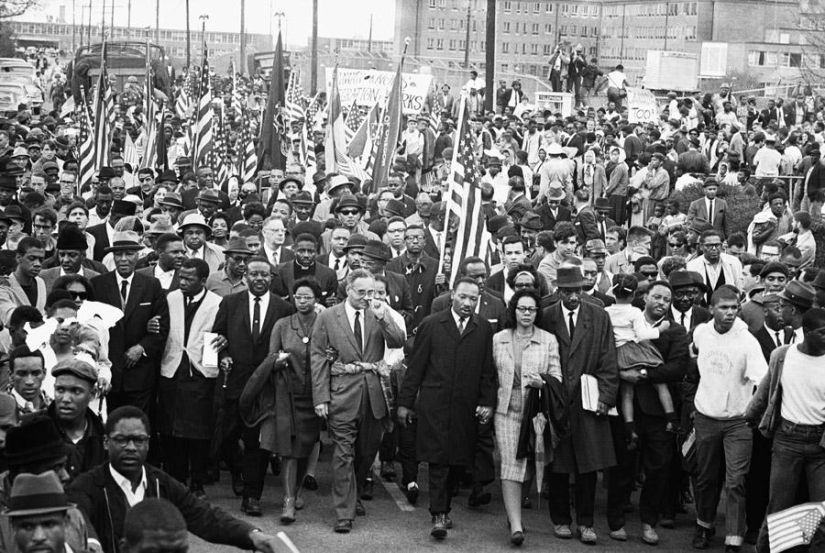
Despite the serious ideological split in society, America firmly stood on the path of democratic development, which implied legal equality and freedom for all citizens of the country. In 1954, the U.S. Supreme Court ruled that school segregation condemned black children to "the stigma of inferiority" and that southern states should establish unified schools for whites and blacks as soon as possible. However, these changes were met with strong opposition from the white population.
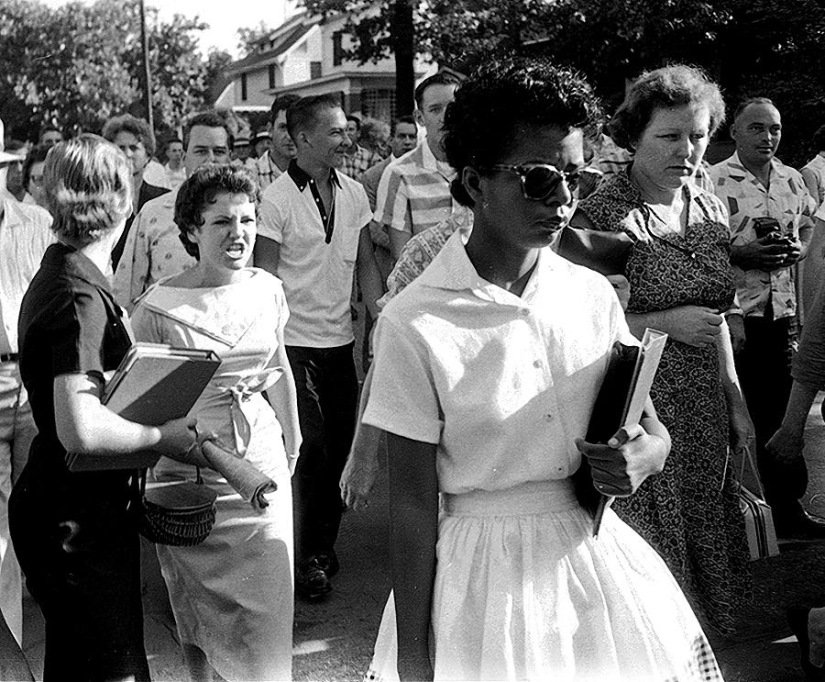
September 25, 1957. Little Rock Central School Association. Pictured: 15-year-old Elizabeth Eckford. According to the memoirs of Elizabeth Eckford: "there was utter chaos, I looked around and unsuccessfully tried to find among the people around me at least one kind face... seeing an elderly woman, I wanted to ask for her support, but she was in me.. she spat."
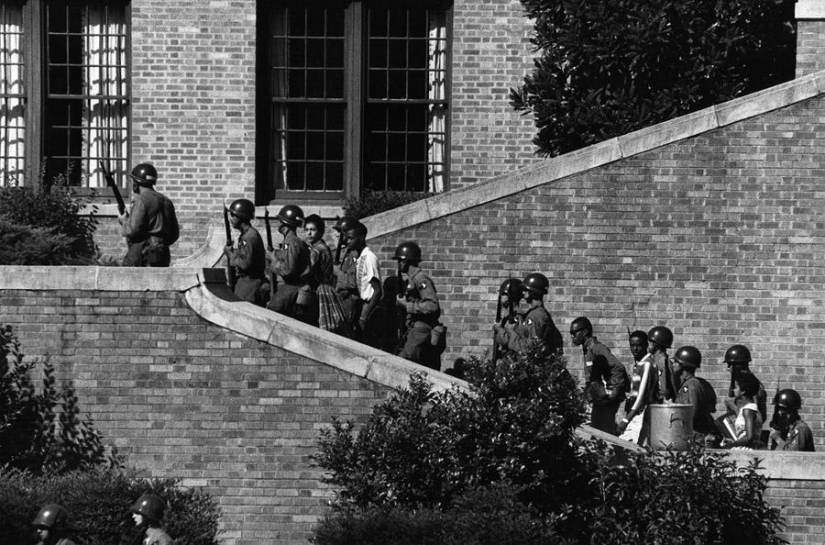
On the same day, in defiance of the Supreme Court's ruling, the Governor of Arkansas ordered police to lock down the school and keep out 9 black students.
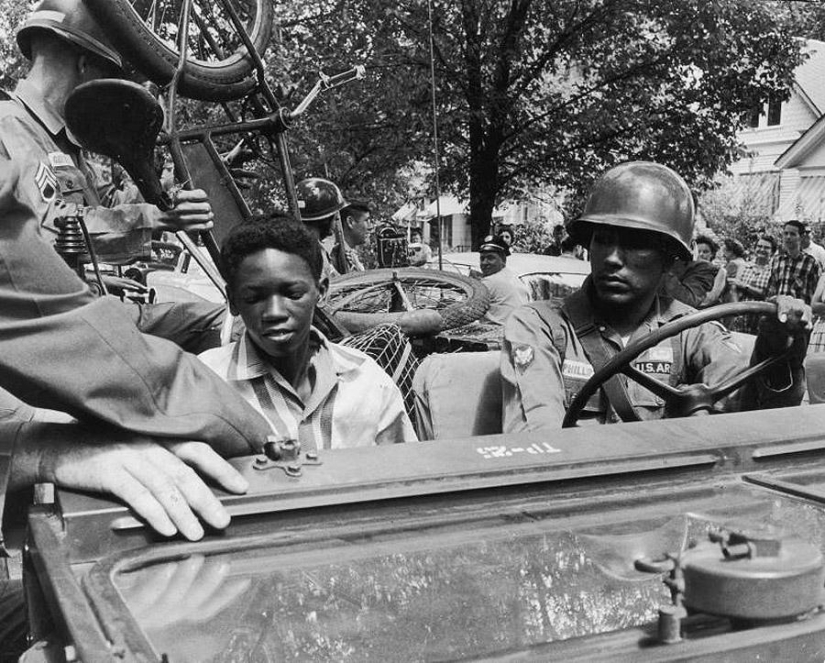
1957. A soldier drives an African-American student with a bicycle to school. The crowd looks on disapprovingly, and the photographer takes pictures from the sidewalk, not daring to come any closer.

1958. There are protests all over the country demanding equality. In the state of Virginia, parties are organized to "bring together" young people of different skin colors.
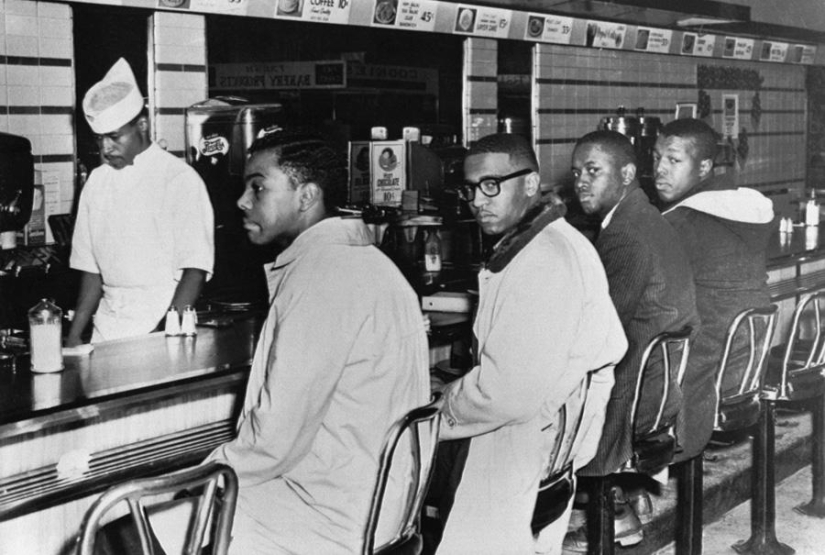
A new phase of the civil rights struggle began in 1960, when on February 1, four black students sat in white seats in a segregated diner at a Woolworth's department store in Greensboro, North Carolina.
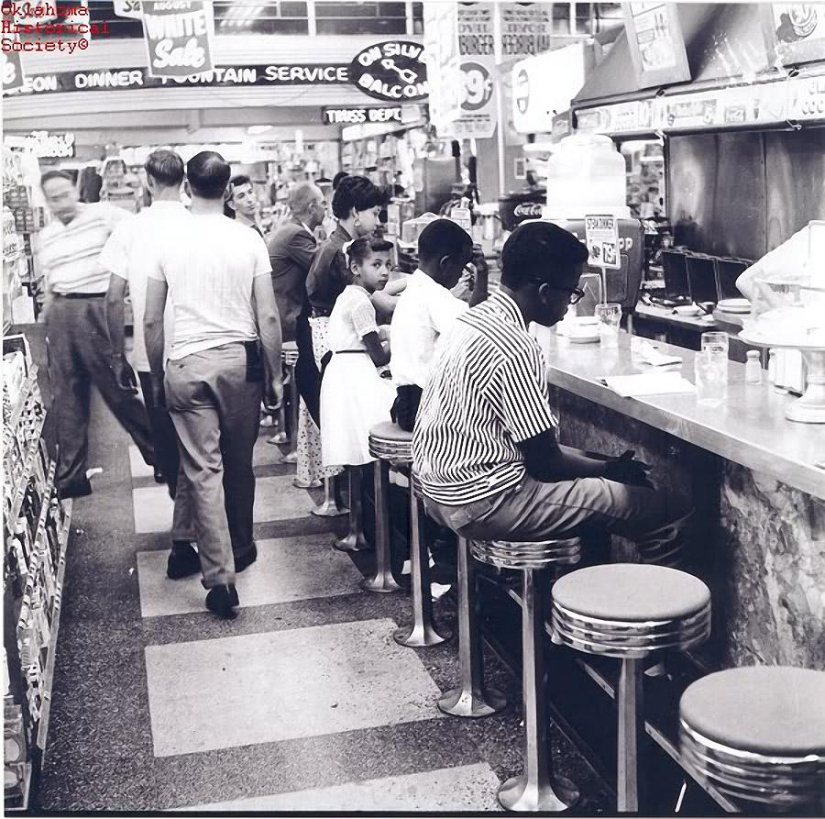
They were forced to leave, but the next day dozens and hundreds of other Black students followed suit. This was the beginning of a wave of sit-in demonstrations, when activists entered "white-only" establishments or sat in white-only seats and demanded to be served, refusing to leave. By the end of March 1960, they were held in more than 50 cities. They were reinforced by" recumbent"," kneeling", and" bathing " demonstrations in libraries, theaters, churches, and swimming pools. The black protesters were joined by white students. Initially, these actions were carried out spontaneously, but in April 1960, the "Student Nonviolent Coordinating Committee" was formed.
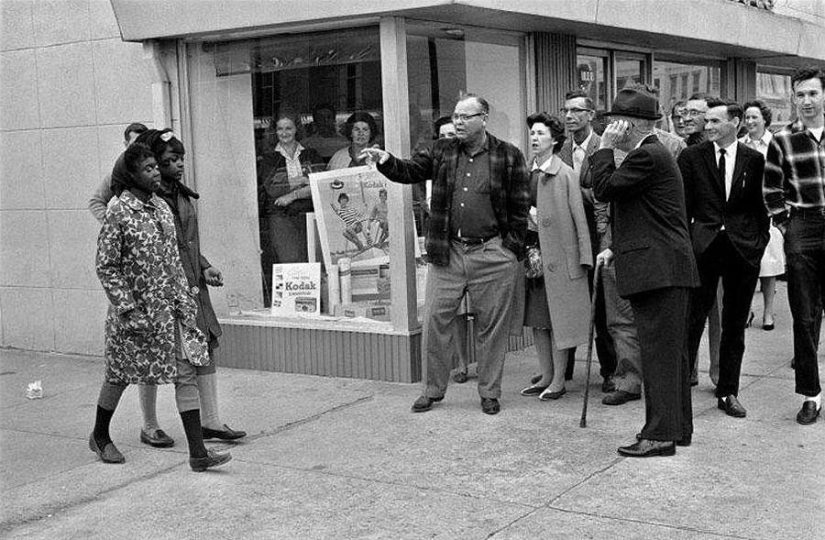
Reporter Bob Edelman's photo shows a crowd of white, civilized Americans mocking two members of the black rights movement.
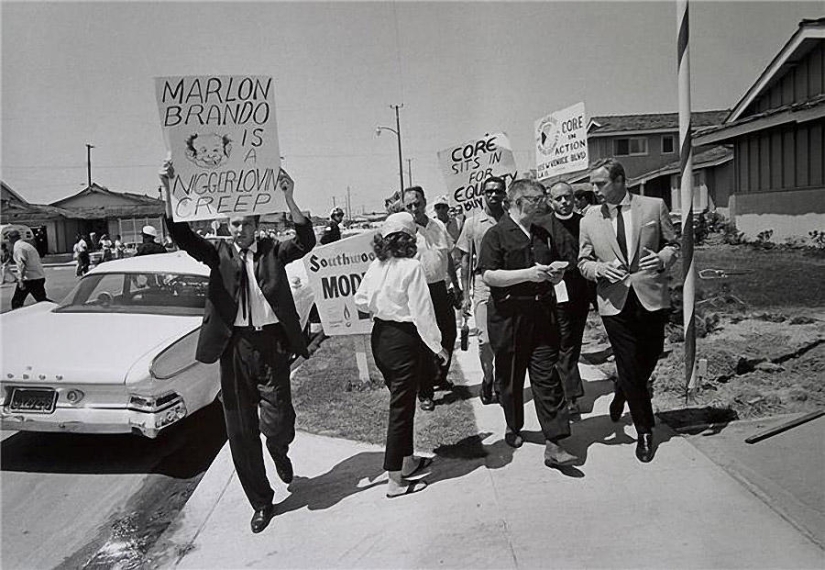
The struggle for democracy and civil rights was actively supported by the progressive white population. Then it became clear that development is not possible without freedom, and freedom should be for all citizens of the country.
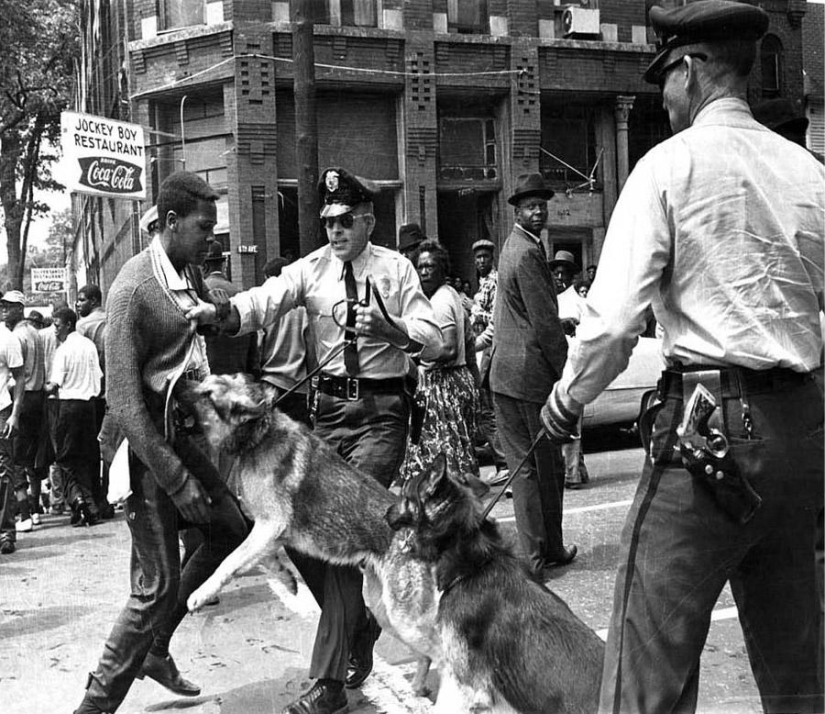
Nevertheless, the racists continued to offer fierce resistance. In 1963, Alabama Governor George Wallace declared, " Segregation today, segregation tomorrow, segregation forever." On June 11, 1963, there was an incident at the entrance to the university, when Wallace blocked the road for the first two black students of the University of Alabama — Vivian Malone and James Hood. On June 12, 1963, black activist Medgar Evers was killed on the doorstep of his home in Jackson, Mississippi by a bullet from white racist Byron de la Beckwith.
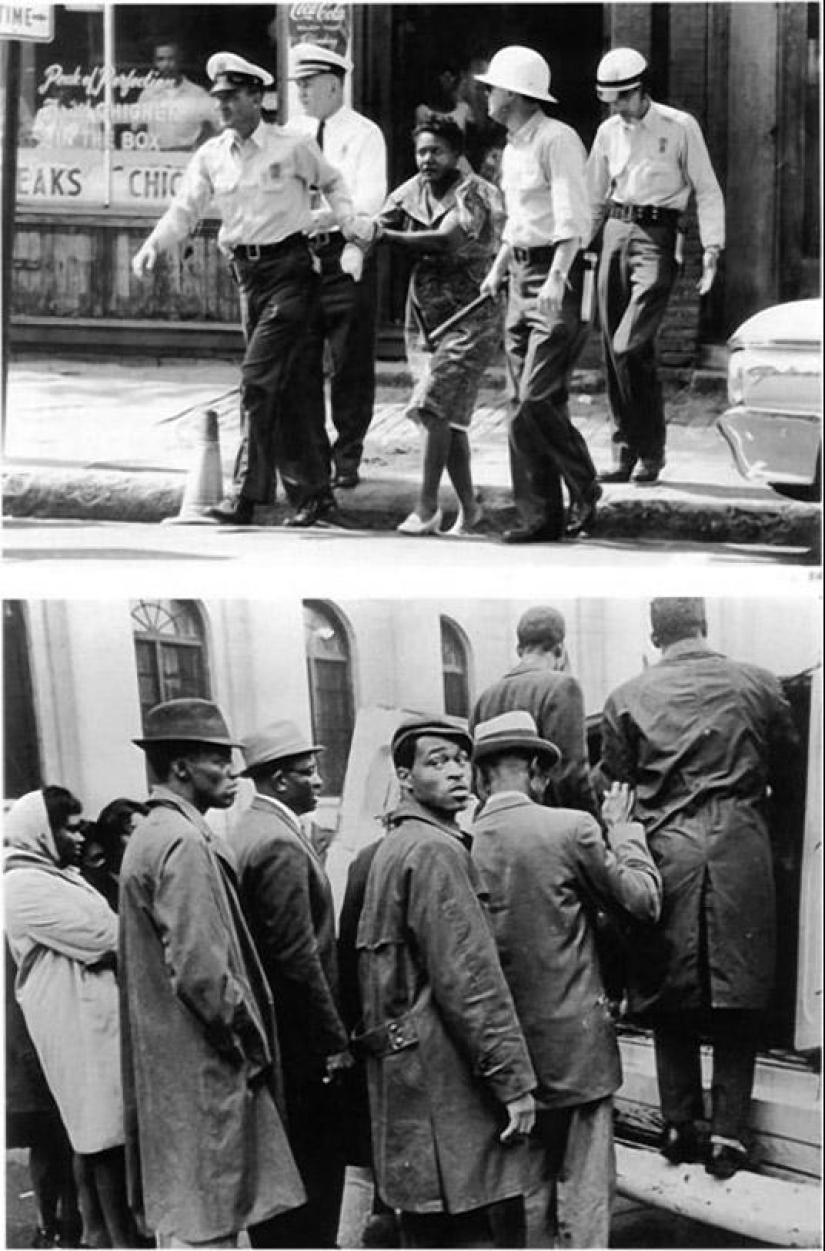
Police arrest protesters, May 1963, in Bermingham, Alabama. Almost immediately, members of the Ku Klux Klan bombed a Black Baptist church, killing four girls. The following year, their associates near the small town of Philadelphia, Mississippi, killed three civil rights activists (two white and a black). This crime attracted national attention (the film "Mississippi on Fire" was made about this case in 1988, and the organizer of the murder, Edgar Ray Killen, was convicted only in 2005).
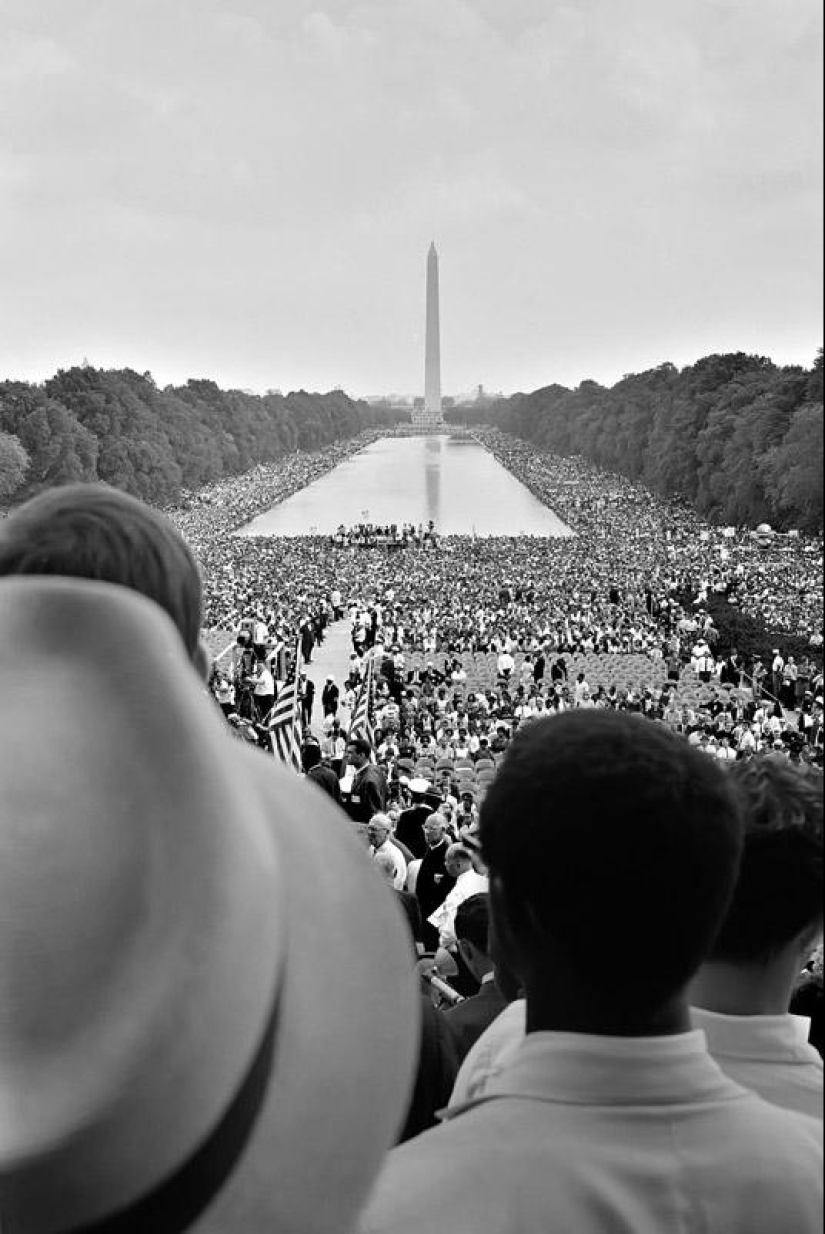
President Kennedy, in June 1963, sent a bill to Congress on broad desegregation and measures against discrimination against black citizens. To put pressure on Congress, mass rallies and demonstrations were organized in many US cities to demand the adoption of this law. On August 28, 1963, the "march on Washington" was held, which was attended by more than 250 thousand people. This day has become a true celebration of the unity of whites and blacks.
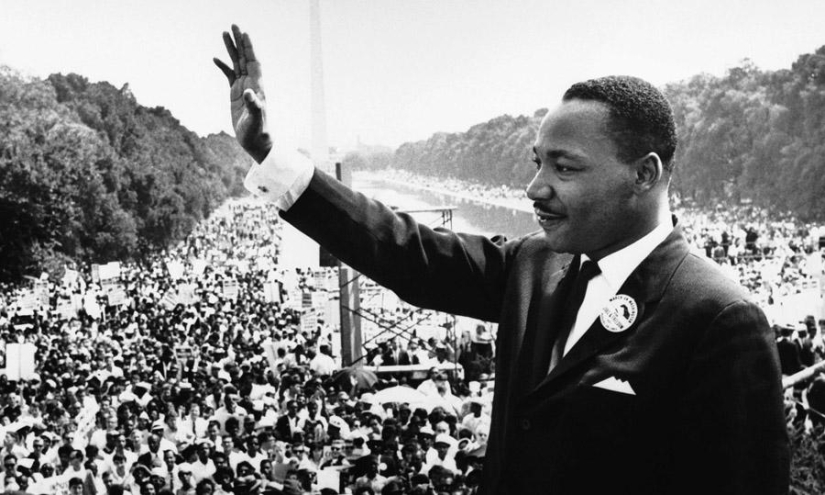
On that day, Martin Luther King spoke of freedom, equality, and patriotism: "We can't turn back. There are those who ask those who are committed to the cause of civil rights: "When will you calm down?» We will never rest until our bodies, heavy with the fatigue of long travel, can get overnight accommodations in roadside motels and city inns. We will not rest until the main form of movement of the Negro remains moving from a small ghetto to a large one. We won't rest until the Negro in Mississippi can't vote, and the Negro in New York thinks he has nothing to vote for. No, we have no reason to rest, and we will never rest until justice begins to flow like water, and righteousness becomes like a mighty stream."
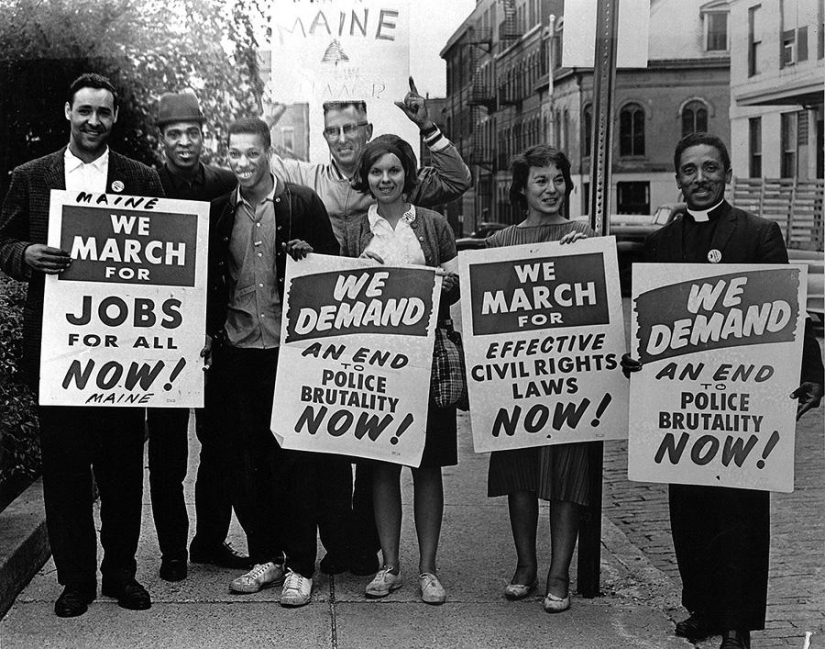
"I do not forget that many of you have come here after going through great trials and sufferings. Some of you have come straight from the cramped prison cells. Some of you have come from areas where you have been hit by storms of harassment and police brutality for your desire for freedom. You have become veterans of creative suffering. Continue to work, believing that undeserved suffering is redeemed."
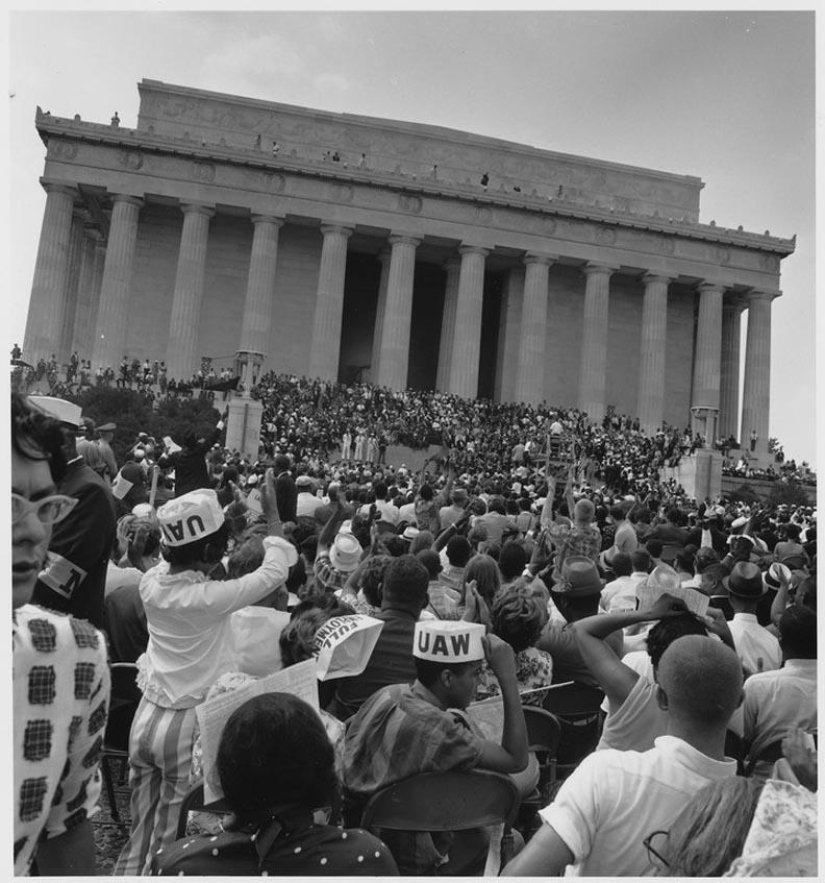
"But there is something else I have to say to my people standing on the blessed threshold at the entrance to the palace of justice. In the process of winning our rightful place, we must not give grounds for accusations of unseemly actions. Let us not seek to quench our thirst for freedom by drinking from the cup of bitterness and hatred."
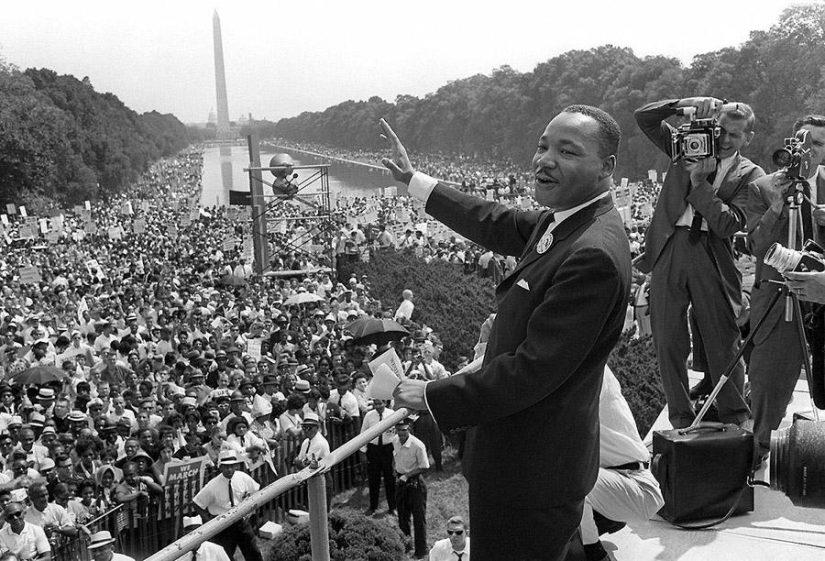
"I have a dream that my four children will one day live in a country where they will be judged not by the color of their skin, but by their personal merits." On July 2, 1964, President Johnson signed the Civil Rights Act of 1964 into law, which prohibited racial discrimination in trade, services,and employment. Martin Luther King, who was awarded the Nobel Peace Prize in October 1964, launched a campaign in Selma, Alabama for the inclusion of blacks on the electoral rolls.
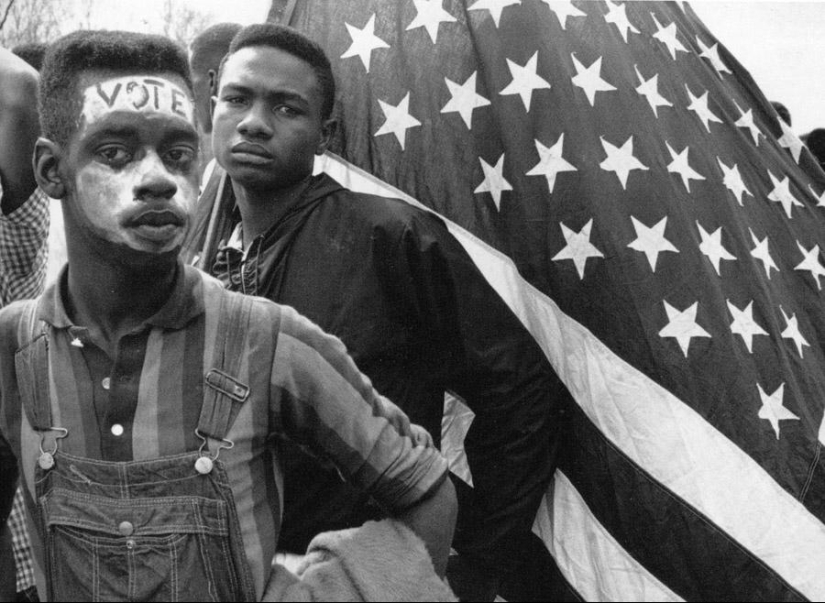
1964. "Vote!" - a campaign in support of the law allowing African-Americans to participate in elections.
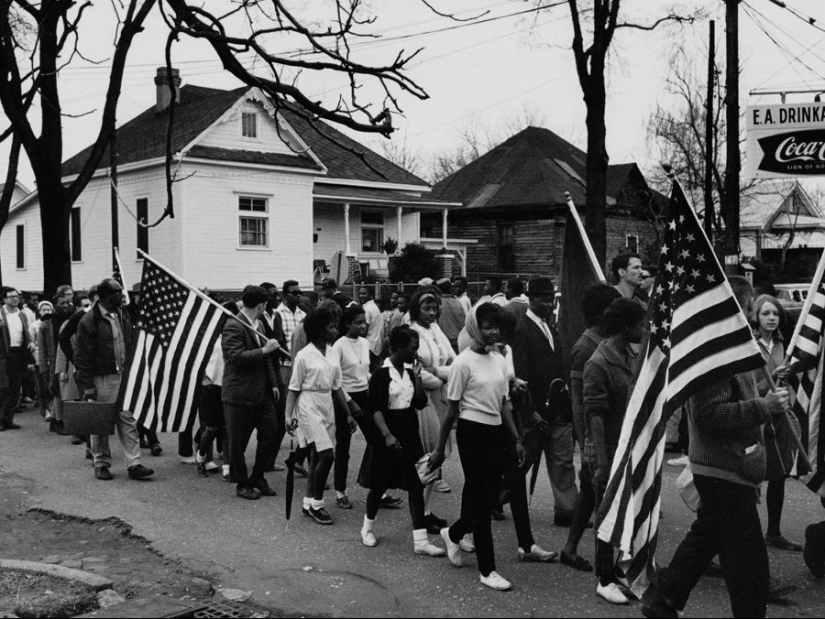
Freedom March in Montgomery, 1965 (Photo by Buyenlarge/Getty Images).
Keywords: Africa | History | Struggle | Rights
Post News ArticleRecent articles

Ready to let out your wildest fantasies? View that creates American digital artist Konzhe Marcus (Marcus Conge), which connects the ...

Tatiana Gavrilova, better known by her creative pseudonym TanikoGa— is a Russian artist from Shlisselburg who loves cats and ...
Related articles

This series of photos perfectly illustrates how alcohol turns a respectable person into a staggering wreck, spewing a bad smell, ...

The STS TV channel started broadcasting on 1 December 1996. At the time, he was really entertaining, cozy translating foreign ...

In the Italian town Venzone in the province of Udine people have long lived side by side with the mummies. Drank tea with them, had ...

Among the indigenous people of New Zealand, the Maori, tattoos were an integral part of their culture. All representatives of this ...